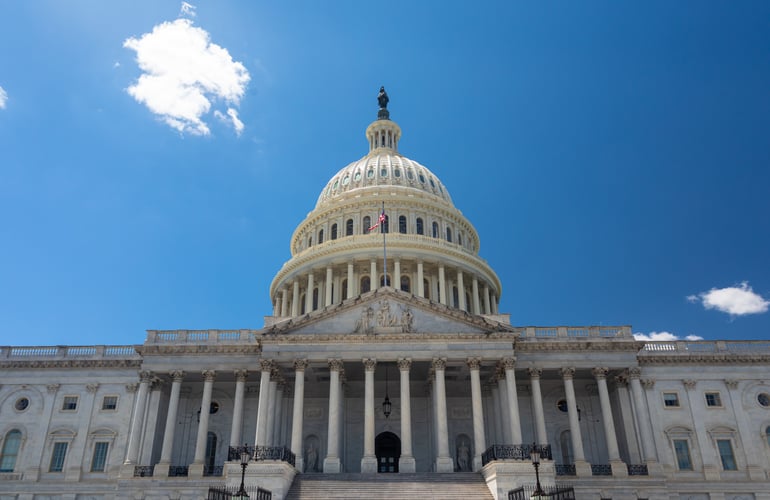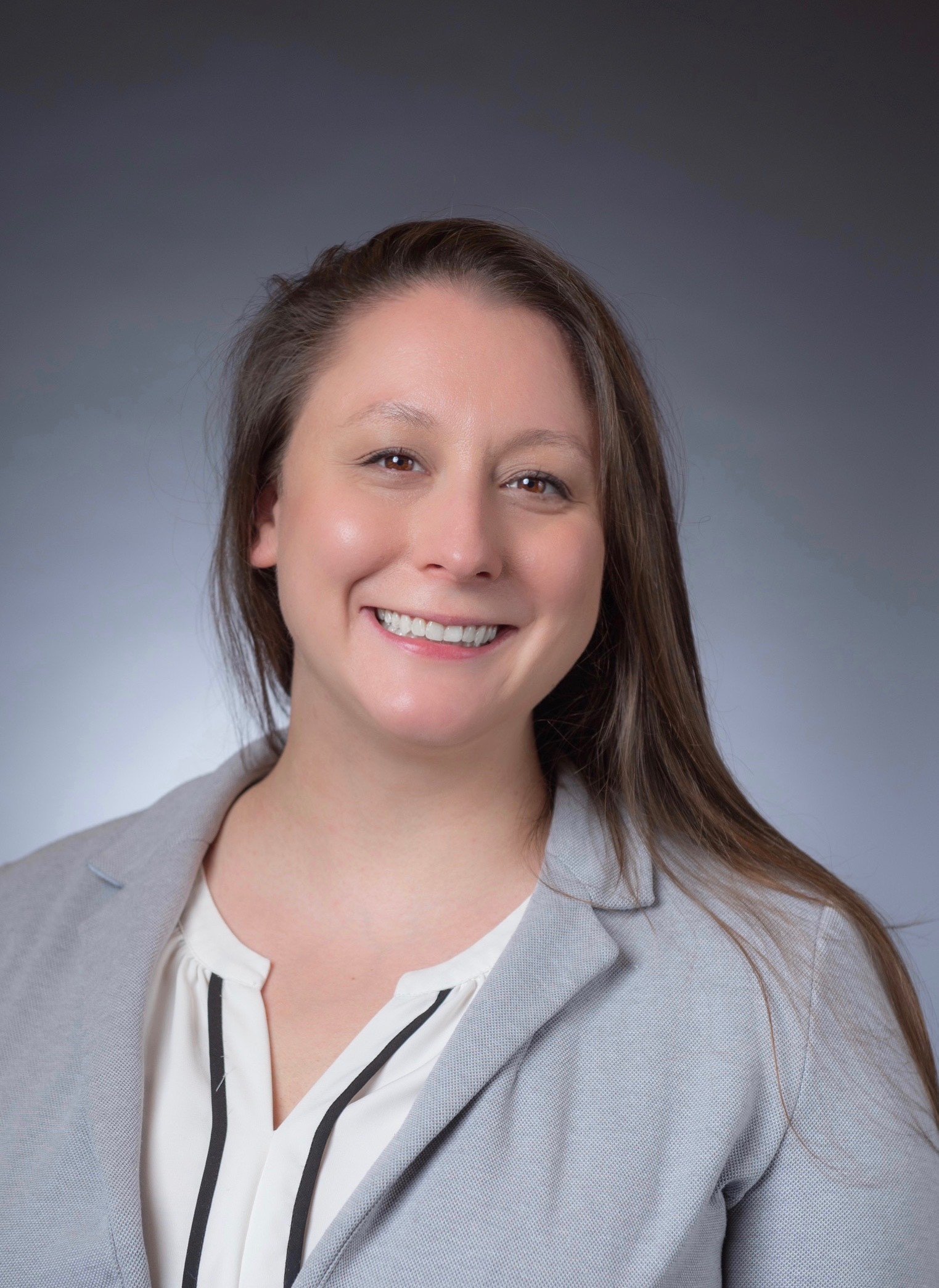 This blog provides an update on how states are using the American Rescue Plan (ARP) Act funds as of January 2022. The ARP Act allocated $39 billion in dedicated child care relief funding to states, with funds reaching states in spring 2021. This funding is broken down into two distinct streams:
This blog provides an update on how states are using the American Rescue Plan (ARP) Act funds as of January 2022. The ARP Act allocated $39 billion in dedicated child care relief funding to states, with funds reaching states in spring 2021. This funding is broken down into two distinct streams:
- $24 billion must be spent in the form of stabilization grants to help existing programs remain open or reopen.
- $15 billion is provided through supplemental Child Care and Development Fund (CCDF) discretionary funding to support allowable CCDF activities that help make child care more affordable and accessible for families.
For more information on all state announcements to date, check out the tracking tool on Child Care Aware® of America’s (CCAoA) American Rescue Plan Act hub page.
Stabilization Grants ($24 billion)
Since CCAoA’s last update, many more states have started distributing stabilization grants. By December 11, 2021, states were required under the ARP Act to notify the Office of Child Care (OCC) within the Administration for Children and Families if they were unable to obligate 50% of these funds by mid-December. OCC informed states in a November 30, 2021 notification that the upcoming financial reporting form due January 31, 2022, includes a new question to gather information about the ability to obligate at least 50% of the stabilization grants by the December 11, 2021, statutory deadline. The guidance allows states that were unable to obligate 50% of their stabilization grants by December 11, 2021, but have done so by December 31, 2021, to answer “yes” to this new question in the form, giving a small grace period to states that launched their applications later than others.
OCC continues to regularly update its stabilization grant map to share available information on the availability of applications in each state. As of mid-January 2022:
- 47 states and the District of Columbia, as well as three U.S. territories, have uploaded an application for their stabilization grant funds.
- Ohio, South Carolina, South Dakota, Utah and Wyoming launched their applications in December 2021.
- Colorado and Iowa launched their applications in January 2022.
- Alaska and Maryland began to accept applications for their second rounds of funding in early January 2022.
- While some states have strict deadlines for rounds of funding, states such as Arizona and South Dakota are accepting applications on an ongoing basis.
- Michigan and New York are providing public, detailed information about who has received stabilization funds so far.
- Three states— Florida, Missouri, and Texas— have yet to launch their stabilization grant applications.
- Two territories, American Samoa and the U.S. Virgin Islands, have yet to launch stabilization grant applications.
CCDF Discretionary Funding ($15 billion)
States have also made significant progress in sharing how they plan to use the supplemental CCDF discretionary funds to implement or continue policies that help make child care more affordable and accessible for families.
The most supported policies include:
- Raising income eligibility thresholds for families,
- Improving provider payment policies,
- Eliminating family copays and
- Increasing compensation and benefits for providers.
This chart includes a breakdown of how funds are being used, although it is not exhaustive of every example, to support providers, families and the child care system. For more information on these policies, check out CCAoA’s ARP Act State Implementation Tracker.
|
Supplemental CCDF Discretionary Funds Usage ($15 b) |
||
|
Providers |
Families |
System |
|
|
|
Workforce Support Efforts
The ARP Act funds provide an important opportunity to invest in the child care and early learning workforce. Meaningful compensation and access to health care for child care staff across all settings are needed to sustain the employee pipeline of the field and provide for the stability of child care.
Addressing compensation has been one of the most common policies adopted by states with relief funding. States are supporting the child care workforce by generally taking two approaches: requiring stabilization grant recipients to use funds to increase compensation and benefits or using the supplemental CCDF discretionary funds to send one-time or recurring bonus payments to providers (as noted in the chart in this blog).
CCDF: Using the relief funds for one-time bonuses is immediately helpful in rewarding and retaining staff now. Georgia, Illinois, Michigan, New Jersey and New Mexico are using the CCDF discretionary funds to provide between $750-$1,500 in one-time bonus payments to providers. But these one-time bonus payments should be considered just the beginning of the progression toward longer-term change.
Ultimately, supporting permanent increases in compensation, health benefits and retirement contributions are stronger long-term investments that will keep and advance a stable workforce that is less likely to turn over and keep programs from closing their doors in the future. This is evident from a survey of over 400 providers and stakeholders that the lead state agency in New Hampshire conducted on how to use the CCDF discretionary funds. Respondents overwhelmingly requested funds be used to support the workforce, including exploring bonus payments, building a pipeline for future staffing, and other retention incentives. Delaware has allocated $10.6 million in direct relief to its child care providers.
Stabilization: At least 16 states are using the stabilization grant funds to address compensation across the child care system. States are generally taking two tracks to address support for the early learning workforce: (1) requiring ALL grant recipients to use a portion of their grant award to support compensation efforts; or (2) giving providers the option of applying for additional tiers of funding to use toward retention and recruitment efforts. These states include:
- Alabama: From November 2021- September 2023, eligible child care providers can receive funding for quarterly bonus payments of $1,500 for full-time employees and $750 for part-time employees.
- Colorado: Program operators may submit a single application to receive stabilization grants and/or a workforce sustainability grant, which must be used for expenses related to recruiting new employees and/or retaining existing employees.
- Connecticut: Allows programs to opt-in for an additional fourth payment, of which at least 25% must be used toward staff compensation.
- Georgia: Stabilization grant recipients will be required to budget 70% of funding for workforce supports along with tuition relief for families.
- Hawaii: Providers may apply for additional funds in the amount of $2,500 per employee to be used for employee retention.
- Kentucky: To be eligible for higher tiers of stabilization grant funding, providers would have to raise wages to at least $10 per hour for tier-two funding and need to pay all staff members a minimum of $13 per hour for tier-three funding.
- Maine: Stabilization grant recipients must use a portion of the funds to pay $200 monthly bonuses to staff.
- Massachusetts: Beginning in spring 2022, a workforce bonus will be made available to provide an additional $15/slot added to the base per-slot amount to help retain long-term, existing workforce, recruit new educators, and support professionalization by making meaningful expansion in staff benefit structures.
- Minnesota: Monthly stabilization grants require at least 70% of the base grant go to provide increased compensation, benefits or premium pay to employees.
- Nevada: Recipients must use at least 20% of their total award to provide financial supports and/or benefits to staff which may include, but are not limited to, bonuses, stipends, salary increases, paid leave, transportation assistance or other compensation/benefits that are in addition to their normal wages and/or benefits.
- New Hampshire: At least 25% of an award must be allocated for staff incentives.
- North Carolina: Providers can opt-in to providing compensation grants to staff through bonuses or implementing a salary scale based on education and experience to increase compensation and benefits.
- South Carolina: Programs can opt-in to receive additional funds to provide staff compensation. As a condition, providers must agree to use at least 25% of the total grant funds to increase regular staff compensation.
- Oregon: Providers must use at least 20% of their total stabilization grant funds on increasing compensation of the child care staff.
- Vermont: In addition to the base rate, providers can receive additional funds if they commit to using a portion of the funds for staff compensation.
- Washington: The stabilization grant consists of a program amount and a workforce amount, in addition to other tiers of funding. The workforce amount is based on the estimated number of staff at a program and must be used for increasing wages (increases in payroll) or other recruitment and retention activities (ex: sign-on bonus, retention incentive, marketing positions, etc.).
Have any State Updates? Let us know!
Please reach out if you have any updates on how your state is spending its federal relief funds so we can feature your state in our APR Act State Implementation Tracker. You can reach out to Diane Girouard, State Policy Analyst, at Diane.Girouard@usa.childcareaware.org with any updates and/or corrections to the information in the chart.
In addition, if you are working to support the implementation of ARP Act funds and need technical assistance or support, contact us at takeaction@usa.childcareaware.org.





